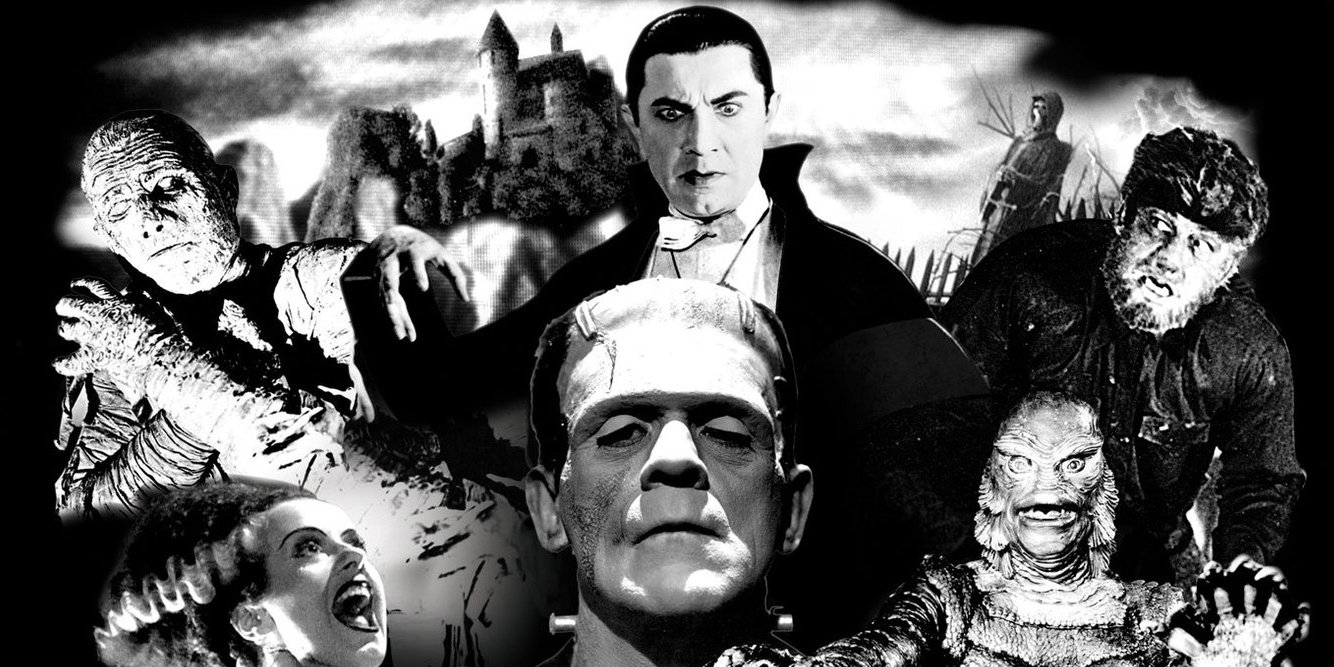Copyright 2019 by Gary L. Pullman
In this post, I offer a
few tips on plotting, many of which are implied, if not directly
stated in Monsters
of the Week: The Complete Critical Companion to the X-Files
by Zach Handlen and Todd VanDerWerff.
With a Little
Bit of Bloomin' Luck
Our belief (or relative
belief) in the influences of certain phenomena, including our
feelings and attitudes, often affect our thoughts and our overt
behavior, even when we deny that such is the case. In The
X-Files,
Mulder is frequently guided by his belief in the existence of
paranormal phenomena, while his partner, Scully, is often led by her
skepticism.
Other
phenomena, real and imagined, also affect the characters, one of
which, as VanDerWerff points out, is the concept of luck. “We all
sort ourselves . . . into the categories of 'lucky people' and
'unlucky people'” (323), he suggests. FBI agents Mulder and Scully
are no exceptions, which allows the series's episode “The Goldberg
Variation” to explore “the ideas of luck” as “a giant system
you pay into, then make withdrawals from” (323). By exploring other
commonly held beliefs, communal or individual, writers acquire many
ways to develop plots for short stories and novels, just as TV and
movie writers do.
Religious
fanaticism, as represented by a snake-handling cult in The
X-Files
episode “Signs and Wonders” is another example. According to
VanDerWerff, the exploration of power of fanaticism to shape and
manipulate religious fanatics has a lot to do with “the lure of
complete commitment, of surrendering oneself to someone who claims to
know all the answers” (328). It's an idea for plotting as
contemporary and terrifying as Allison Mack's alleged involvement in
the NXIVM cult, which, again, allegedly, included her branding other
women as her and her master's property. (Religious fanaticism also
has quite an influence on Pilgrim a character in the Punisher
series.)
Such
ideas as blessings and curses, optimistic and pessimistic attitudes,
biases and prejudices, fetishes and phobias, the supernatural and the
otherworldly, to name but a few such influences, also permit such
stories as H. G. Wells's “Pollock and the Porroh Man,” “The Red
Room,” and “The Apple”; Ray Bradbury's “Skeleton”; the
effects of idols in Stephen King's Desperation;
Rod Serling's “Nightmare at 20,000 Feet”; Shirley Jackson's “Just
an ordinary Day”; and W. W. Jacobs's “The Monkey's Paw,” to
name but a few.
(Seemingly)
Alternate Solutions
As
Handlen notes in his commentary on “The Amazing Maleeni” episode
of The X-Files,
one way to spin a plot while maintaining suspense is to present a
mystery which has—or at least seems
to have—multiple possible solutions. As the characters (or readers)
discover the solution they've figured out isn't the solution at all,
they continue to pursue leads or watch (or read), hoping their next
deduction may prove correct, only (hopefully) to be frustrated yet
again, until, finally, the true, one-and-only solution is presented,
by either Mulder or Scully, naturally:
“Several
times through the episode, our heroes believe they've solved the case
only to come up empty-handed. The result is something that
continually pulls us forward along with Mulder and Scully, promising
new and greater mysteries with each new discovery” (326).
Ask
the BIG QUESTIONS
Plots
can be generated by simply asking the BIG QUESTIONS, as the “Sein
und Zeit” (“Being and Time”) episode of The
X-Files does.
This installment, Handlen and VanDerWerff imply, asks what might
happen to a character whose “very belief system” is “eradicated
before his eyes” (330).
This
is such a compelling question that its very asking is enough to make
anyone want to stay tuned (or keep reading, as the case may be). It
also parallels such events in the lives of historical figures and,
indeed, the men and women of everyday life. What became of Jefferson
Davis, the man, after the Civil War ended in the South's defeat? What
did the ordinary Roman think and do after the Empire fell (or the
average Brit, for that matter, after the fall of the British Empire)?
What does one do the day after he or she has lost his or her entire
family in a tragic accident? What happens to the citizens of a nation
after the fall of their country? History records some of the answers,
but never all.
The
question that “Sein und Zeit” asks, implicitly, is what happens
to Fox Mulder when his “very belief system [is] eradicated before
his eyes”? The second part of this story is presented in the next
episode of the series, “Closure.” BIG QUESTIONS, it's obvious,
lead to longer plots. They also generate immediate and profound
interest on the part of their audiences.
NEXT:
A bit more.






.jpg/1200px-Tzvetan_Todorov_no_Fronteiras_do_Pensamento_Porto_Alegre_2012_(7938086378).jpg)


























